Home>Furniture & Design>Bathroom Accessories>How To Organize A First Aid Kit
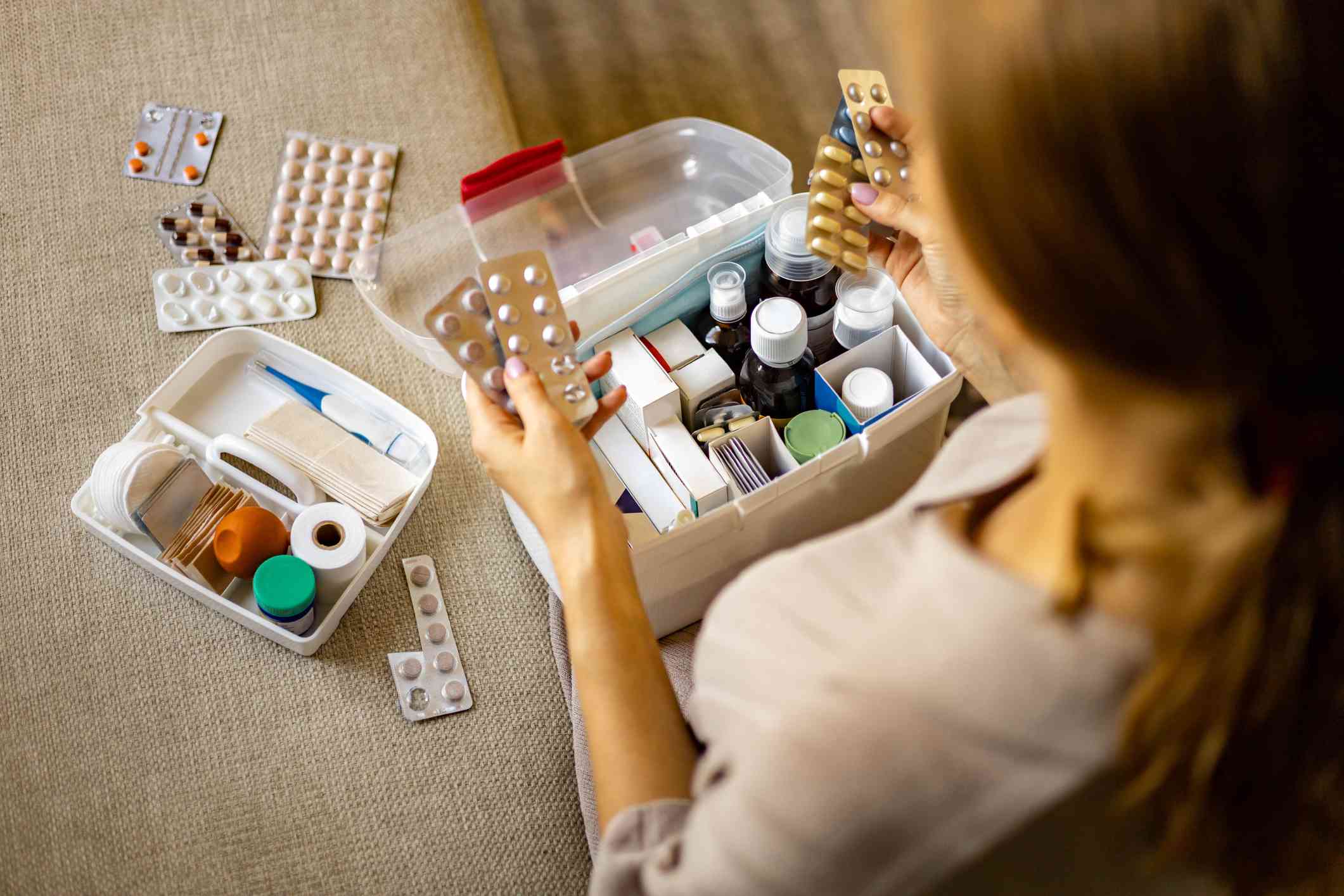

Bathroom Accessories
How To Organize A First Aid Kit
Modified: March 24, 2024
Learn how to organize a first aid kit with essential bathroom accessories. Find out the best storage solutions and tips for keeping your kit tidy and accessible.
(Many of the links in this article redirect to a specific reviewed product. Your purchase of these products through affiliate links helps to generate commission for Storables.com, at no extra cost. Learn more)
Introduction
When it comes to first aid, being prepared is key. Whether you're at home, on a camping trip, or simply going about your daily routine, having a well-organized first aid kit can make all the difference in handling unexpected injuries and emergencies. A properly stocked and organized first aid kit can provide peace of mind and quick access to essential supplies when they are needed most.
In this comprehensive guide, we will explore the essential items for a first aid kit, offer tips for organizing and maintaining your kit, and provide valuable insights to ensure that you are well-prepared for any situation that may arise. From minor cuts and scrapes to more serious injuries, having a well-organized first aid kit can help you respond effectively and provide immediate care when it matters most.
So, whether you're a seasoned outdoor enthusiast, a busy parent, or simply someone who values being prepared for the unexpected, this guide will equip you with the knowledge and tools to create and maintain a first aid kit that meets your specific needs. Let's dive in and discover the essential components and best practices for organizing a first aid kit that will serve you well in any situation.
Key Takeaways:
- Be prepared for any situation by organizing a first aid kit with essential items like bandages, antiseptic wipes, and a CPR mask. Regularly check and restock supplies to ensure readiness for emergencies.
- Keep your first aid kit organized and up-to-date. Label compartments, check expiration dates, and customize for seasonal needs to be ready for any unexpected injury or emergency.
Read more: What’s In A First Aid Kit
Essential Items for a First Aid Kit
A well-stocked first aid kit is a crucial tool for addressing minor injuries and providing initial care in emergency situations. Whether you're at home, on the road, or enjoying outdoor activities, having the right supplies can make a significant difference in managing unexpected injuries. Here are the essential items to include in your first aid kit:
1. Adhesive Bandages
Adhesive bandages, commonly known as Band-Aids, are essential for covering minor cuts, scrapes, and blisters. They help protect the wound from dirt and bacteria, promoting faster healing.
2. Gauze Pads and Medical Tape
Gauze pads are versatile and can be used to dress larger wounds. Medical tape secures the gauze in place and provides added protection.
3. Antiseptic Wipes and Ointments
Antiseptic wipes, such as alcohol or iodine-based pads, are crucial for cleaning wounds and preventing infection. Additionally, including antibiotic ointments can aid in the healing process.
Read more: What Is Inside A First Aid Kit
4. Tweezers and Scissors
Tweezers are handy for removing splinters and debris from wounds, while scissors allow for cutting gauze, tape, and clothing to access and treat injuries.
5. Disposable Gloves
Disposable gloves are essential for protecting both the caregiver and the injured person from potential contamination and the spread of infection.
6. Pain Relievers
Including over-the-counter pain relievers such as acetaminophen or ibuprofen can help alleviate minor aches, pains, and fevers.
7. Thermometer
A digital thermometer is vital for monitoring body temperature, especially during illness or when assessing potential signs of infection.
Read more: Where Is First Aid Kit From
8. CPR Mask
In the event of a medical emergency, a CPR mask provides a barrier between the rescuer and the individual receiving cardiopulmonary resuscitation, reducing the risk of cross-contamination.
9. Emergency Blanket
An emergency blanket, also known as a space blanket, helps retain body heat and provides insulation in cases of shock or exposure to extreme weather conditions.
10. First Aid Manual
Including a first aid manual or guide can provide essential instructions for administering aid in various situations, serving as a quick reference when needed.
By ensuring your first aid kit is equipped with these essential items, you can be better prepared to address a wide range of injuries and emergencies effectively. Remember to periodically check and replenish your supplies to maintain a well-stocked and reliable first aid kit.
Organizing Your First Aid Kit
Organizing your first aid kit is essential for quick and efficient access to supplies when they are needed most. A well-organized kit not only ensures that you can easily locate the necessary items during an emergency but also helps in maintaining the integrity of the supplies. Here are some key steps to effectively organize your first aid kit:
Read more: Who Invented The First Aid Kit
1. Categorize and Prioritize
Begin by categorizing the items in your first aid kit based on their purpose and frequency of use. For instance, group together wound care supplies such as bandages, gauze, and antiseptic wipes. Prioritize essential items that are likely to be needed first in an emergency, such as adhesive bandages and antiseptic wipes, by placing them in easily accessible compartments or pouches.
2. Utilize Compartments and Containers
Utilize the available space in your first aid kit by using compartments, pouches, or small containers to keep items organized and prevent them from shifting during transport. This not only makes it easier to find what you need but also helps maintain the cleanliness and sterility of the supplies.
3. Label and Date
Labeling the compartments or containers within your first aid kit can further enhance organization and accessibility. Clearly labeling items such as medications, antiseptic wipes, and gauze pads can save valuable time during an emergency. Additionally, it's important to regularly check the expiration dates of medications and ointments and replace them as needed to ensure the effectiveness of the supplies.
4. Consider Specialized Modules
For larger first aid kits or those intended for specific activities such as camping or hiking, consider using specialized modules or pouches to further organize supplies. For example, a waterproof module can be used to store items that need protection from moisture, while a compact trauma module can hold supplies for more serious injuries.
Read more: What Are 10 Items In A First Aid Kit?
5. Customize to Your Needs
Customize the organization of your first aid kit based on your specific needs and activities. If you frequently engage in outdoor adventures, consider organizing the kit to accommodate supplies for treating insect bites, sunburn, or minor sprains. Tailoring the organization to your lifestyle ensures that your first aid kit is well-equipped to address the most likely scenarios you may encounter.
By following these organizational tips, you can ensure that your first aid kit is well-prepared to provide the necessary supplies in an organized and efficient manner. Regularly reviewing and reorganizing your kit will help maintain its effectiveness and ensure that you are always ready to handle unexpected situations with confidence.
Tips for Maintaining Your First Aid Kit
Maintaining your first aid kit is crucial to ensure that it remains fully functional and ready to address any unexpected injuries or emergencies. Here are some essential tips for keeping your first aid kit in optimal condition:
-
Regular Inspections: Schedule routine inspections of your first aid kit to check for expired items, damaged packaging, or any missing supplies. This proactive approach allows you to identify and replace items that may have deteriorated or been used without your knowledge.
-
Restocking Essentials: Keep a checklist of the essential items in your first aid kit and replenish any supplies that have been used or are running low. This includes adhesive bandages, gauze pads, antiseptic wipes, and medications. By promptly restocking these items, you can ensure that your kit is always prepared for any situation.
-
Check Expiration Dates: Many items in a first aid kit, such as medications and ointments, have expiration dates. Regularly review these dates and replace any expired items to maintain the effectiveness of the supplies. This simple step can prevent the use of compromised or ineffective products during an emergency.
-
Customize for Seasonal Needs: Consider seasonal adjustments to your first aid kit. For example, during the summer months, include items for treating sunburns, insect bites, and heat-related illnesses. In the winter, add supplies for addressing frostbite, hypothermia, and other cold-weather injuries.
-
Update Emergency Contact Information: Ensure that any emergency contact information, including local emergency services, poison control, and personal emergency contacts, is current and easily accessible within the kit. This information can be invaluable during an emergency situation.
-
Training and Education: Stay informed about first aid techniques and procedures. Consider taking a first aid training course to enhance your knowledge and confidence in administering aid when needed. Additionally, regularly review the first aid manual included in your kit to stay familiar with proper procedures.
-
Reassess Based on Lifestyle Changes: If your lifestyle or activities change, reassess your first aid kit to ensure it aligns with your current needs. For example, if you take up a new outdoor hobby, such as hiking or camping, adjust your kit to include supplies specific to those activities.
By following these tips for maintaining your first aid kit, you can ensure that it remains a reliable resource for addressing injuries and emergencies. Regular maintenance and updates will help you stay prepared and confident in your ability to provide essential care when it matters most.
Conclusion
In conclusion, a well-organized and properly stocked first aid kit is an indispensable asset for anyone, whether at home, on the go, or engaging in outdoor activities. By ensuring that your first aid kit contains essential items such as adhesive bandages, gauze pads, antiseptic wipes, and medications, you can be better prepared to address a wide range of injuries and emergencies effectively. The organization of your first aid kit is equally important, as it ensures quick and efficient access to supplies when they are needed most. Categorizing, prioritizing, and utilizing compartments and containers can significantly enhance the functionality of your kit.
Moreover, maintaining your first aid kit through regular inspections, restocking of essentials, and checking expiration dates is crucial to ensure its readiness. Customizing the kit to accommodate seasonal needs and lifestyle changes further enhances its effectiveness. By following these best practices, you can maintain a reliable and up-to-date first aid kit that aligns with your specific needs and activities.
Ultimately, the value of a well-organized and maintained first aid kit cannot be overstated. It provides peace of mind, empowers individuals to respond effectively to unexpected situations, and can make a critical difference in providing immediate care when it matters most. Whether it's a minor injury at home, a mishap during a camping trip, or a medical emergency, having a well-prepared first aid kit can instill confidence and readiness to handle any situation.
In essence, the investment in creating, organizing, and maintaining a first aid kit is an investment in preparedness, safety, and well-being. By incorporating the essential items, organizing the kit effectively, and diligently maintaining its contents, individuals can ensure that they are equipped to handle unforeseen circumstances with confidence and competence. Remember, a well-prepared first aid kit is not just a collection of supplies; it is a symbol of readiness, care, and the ability to provide essential aid when it is needed most.
Frequently Asked Questions about How To Organize A First Aid Kit
Was this page helpful?
At Storables.com, we guarantee accurate and reliable information. Our content, validated by Expert Board Contributors, is crafted following stringent Editorial Policies. We're committed to providing you with well-researched, expert-backed insights for all your informational needs.
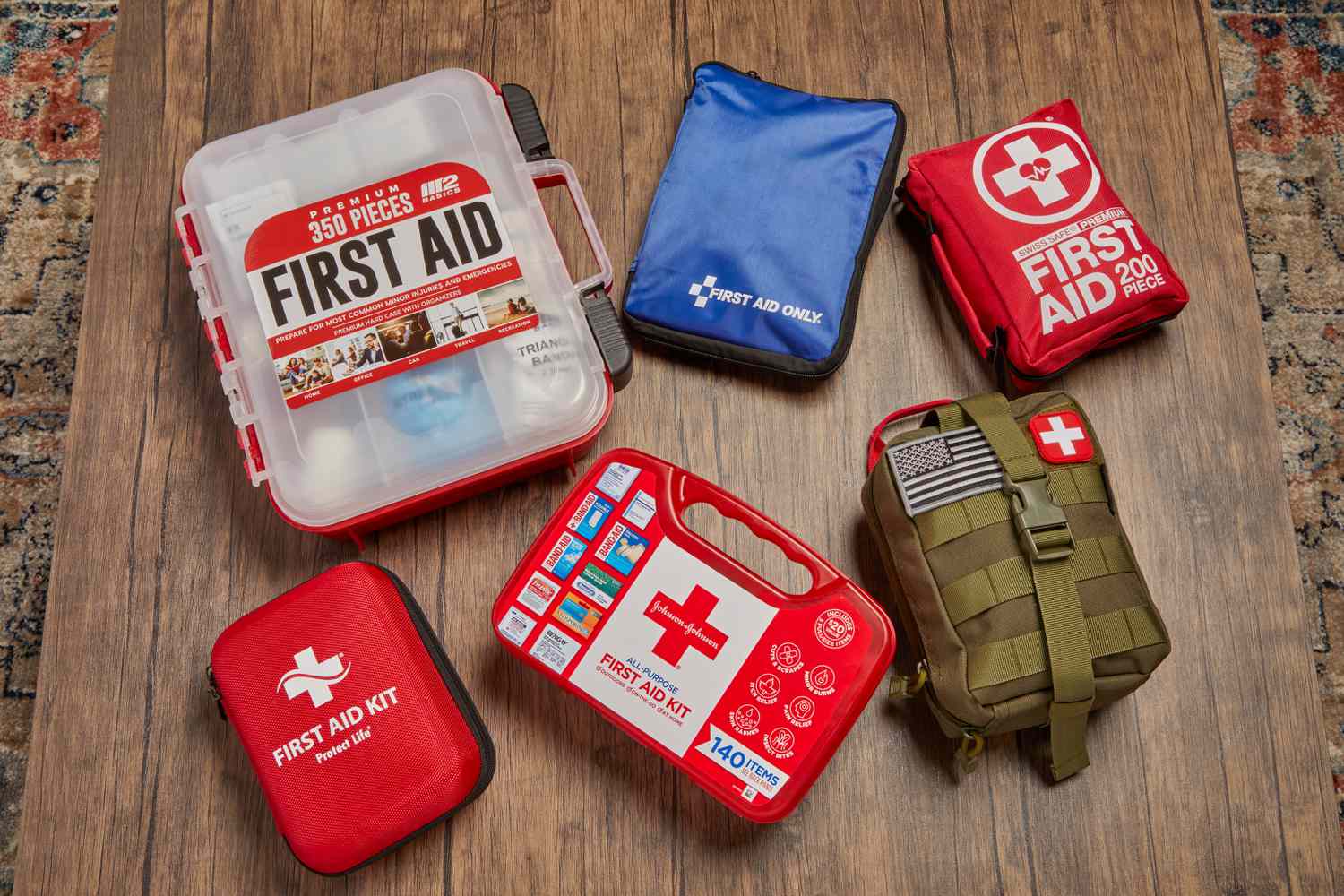
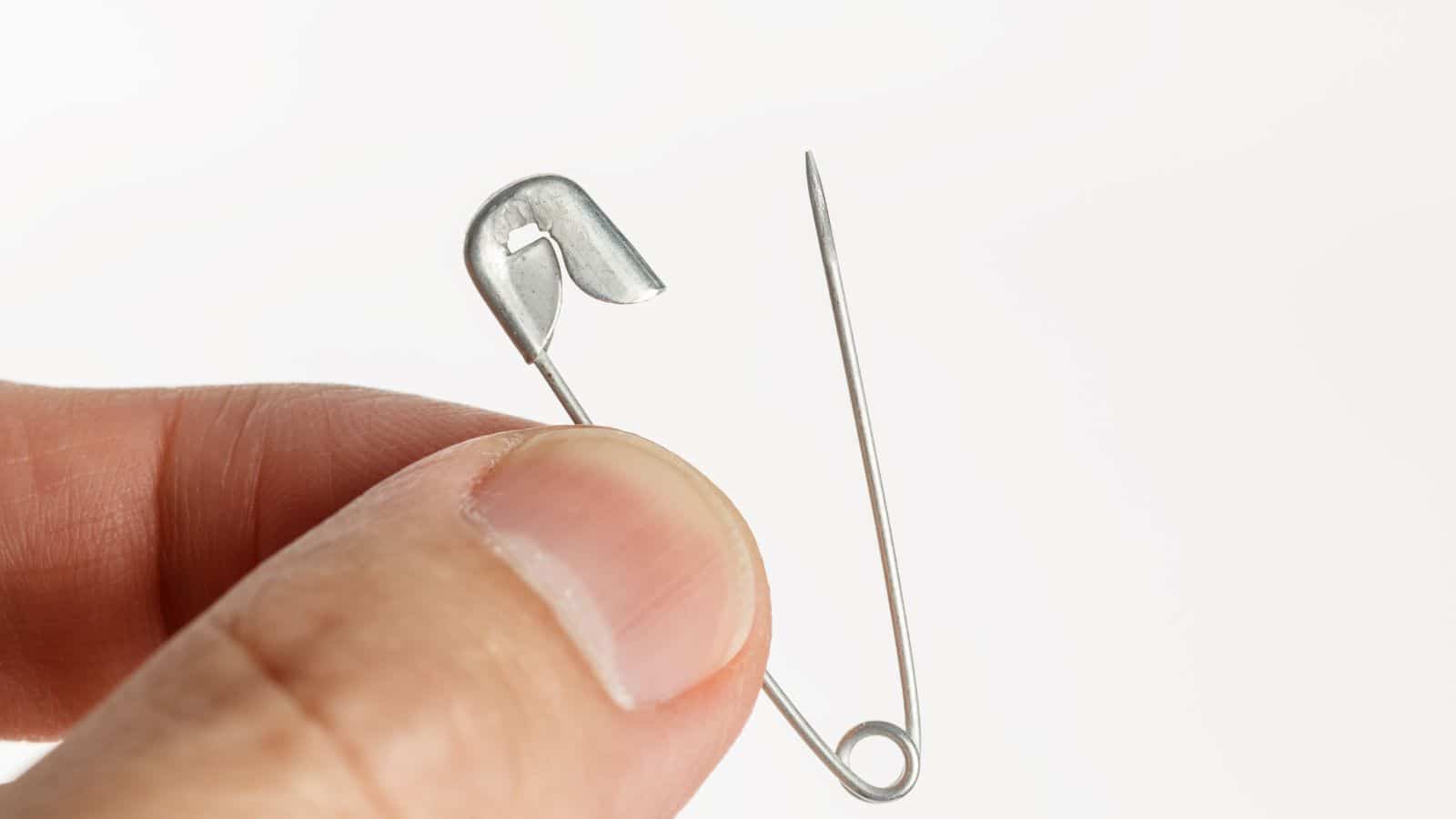
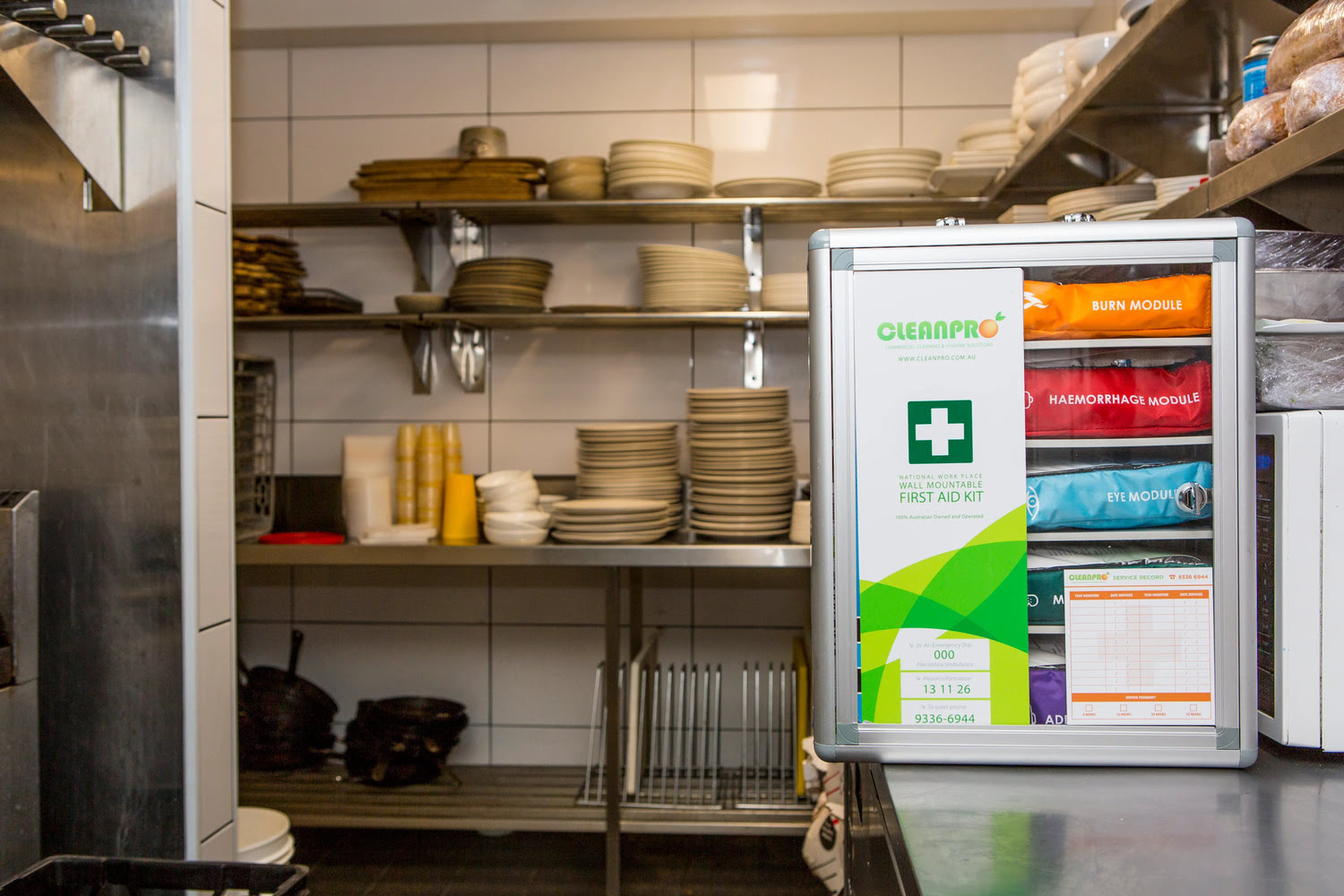
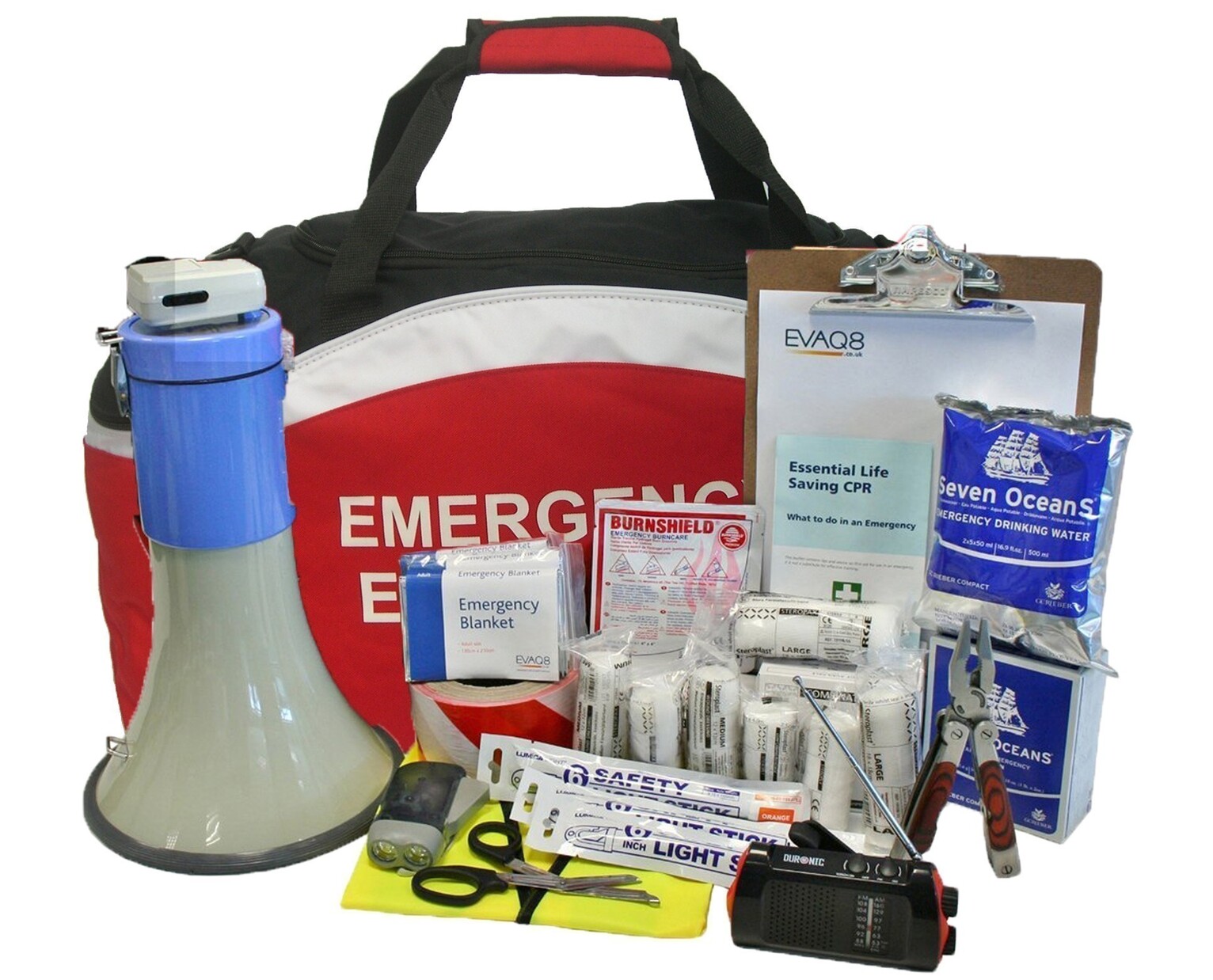
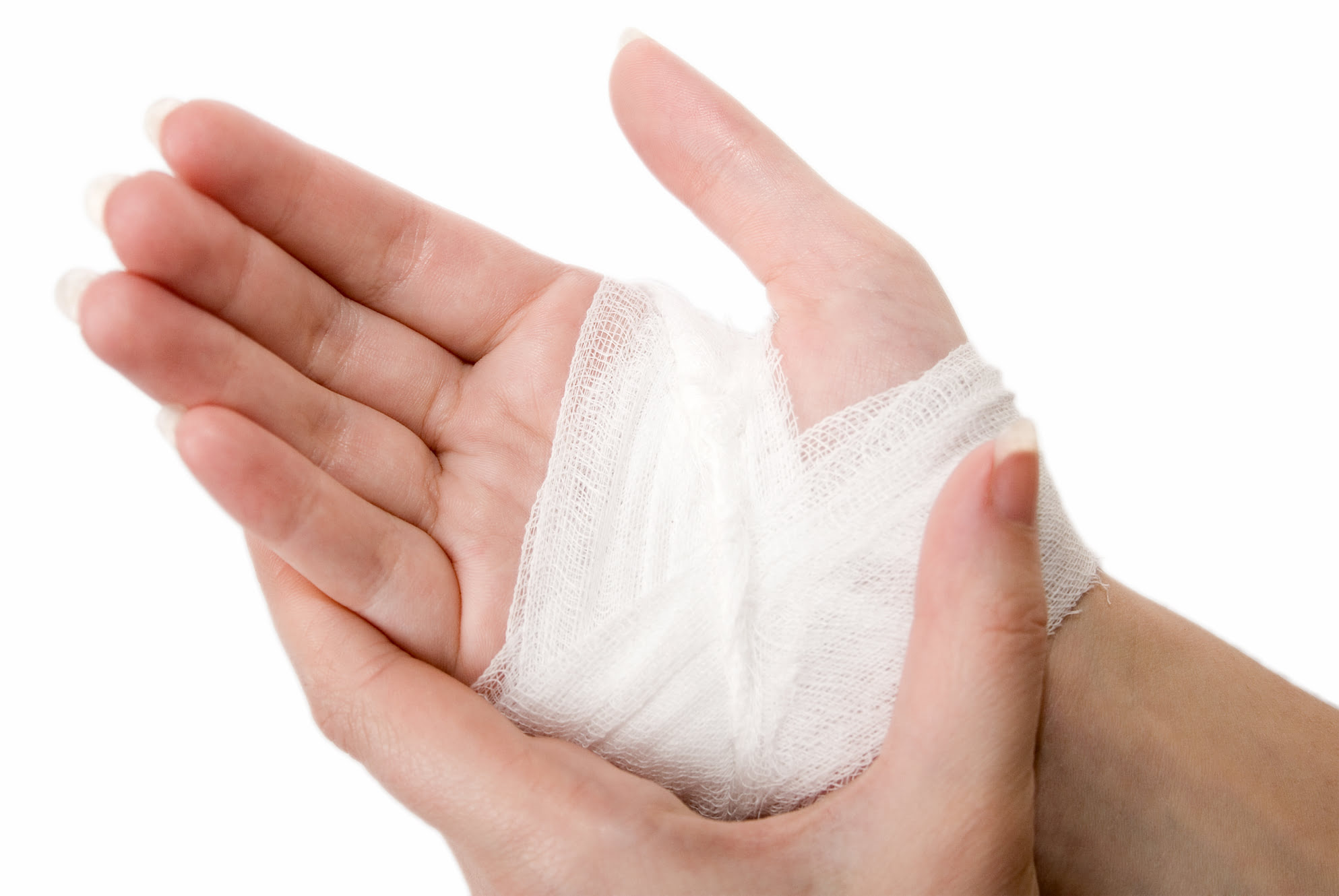
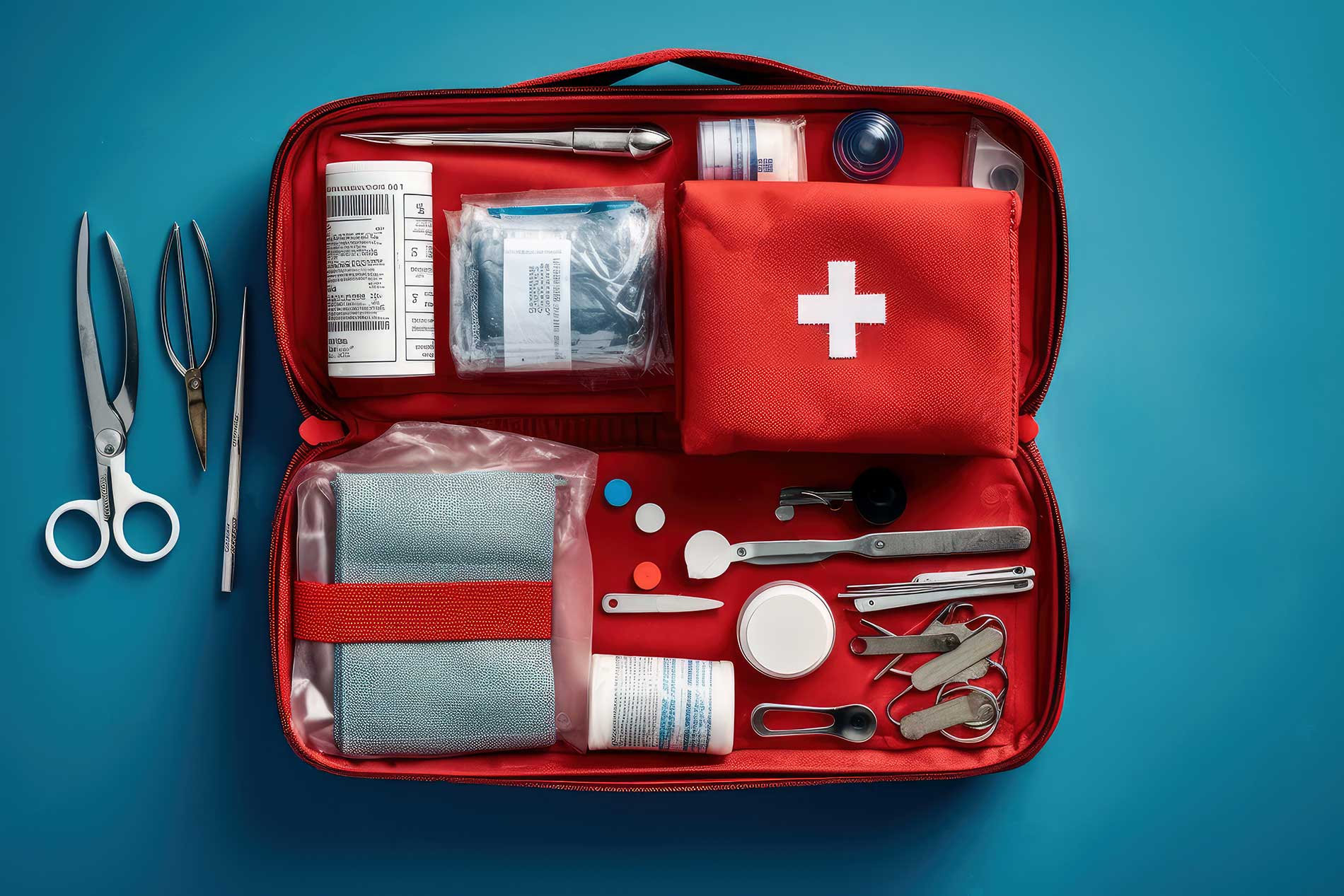
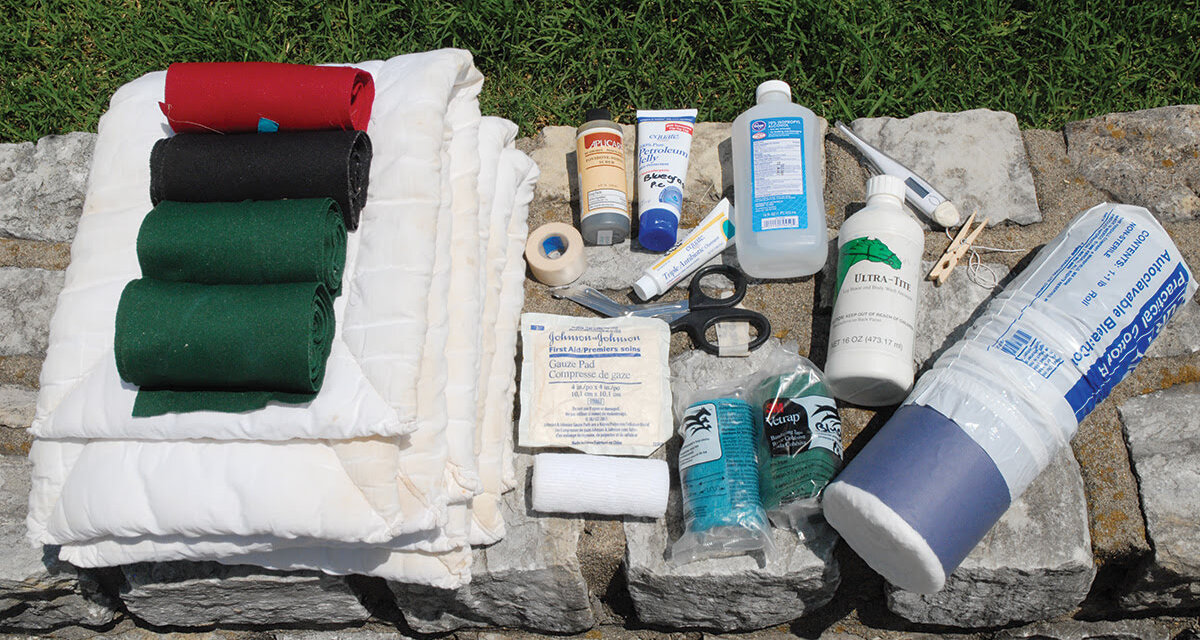
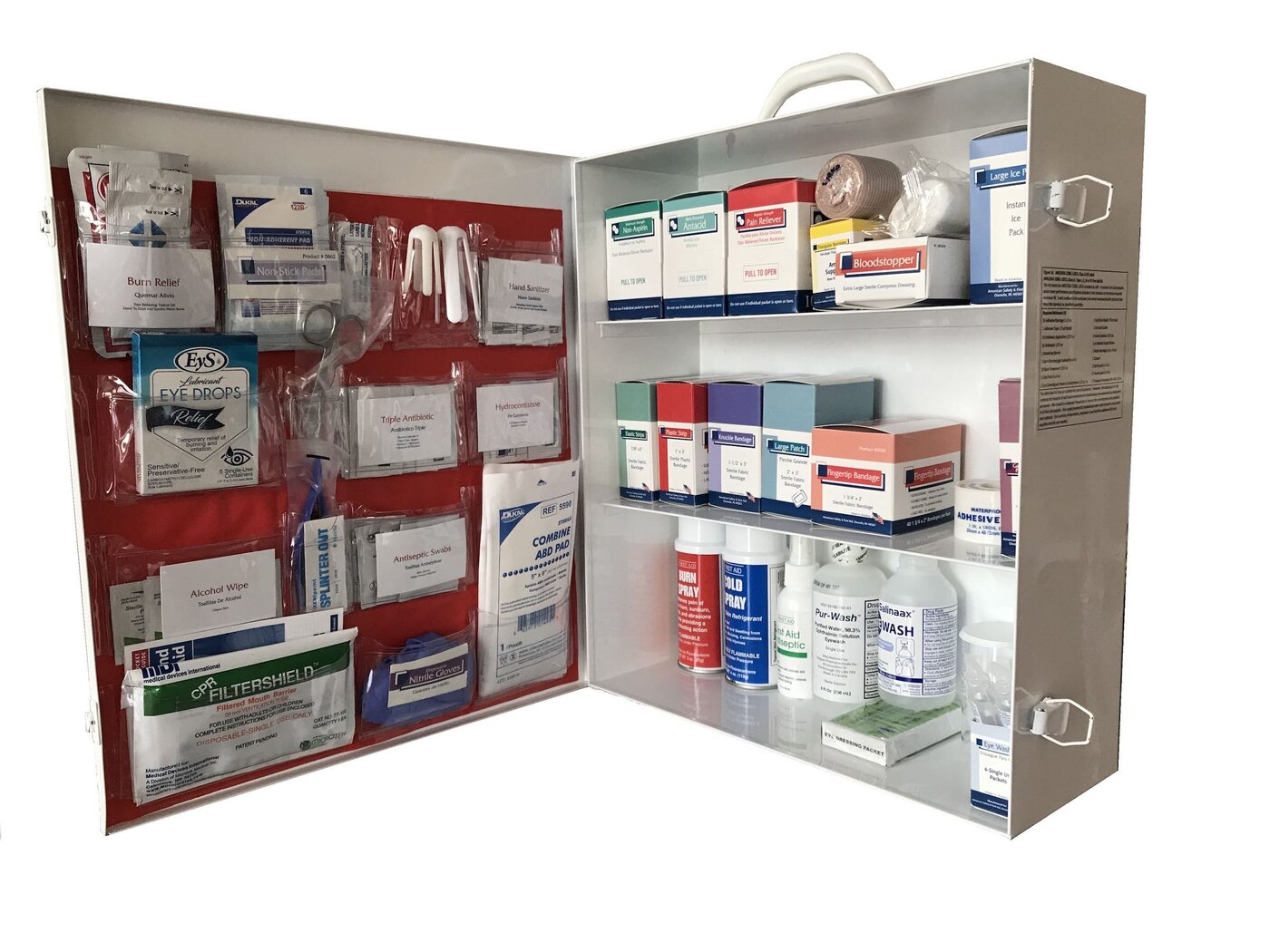
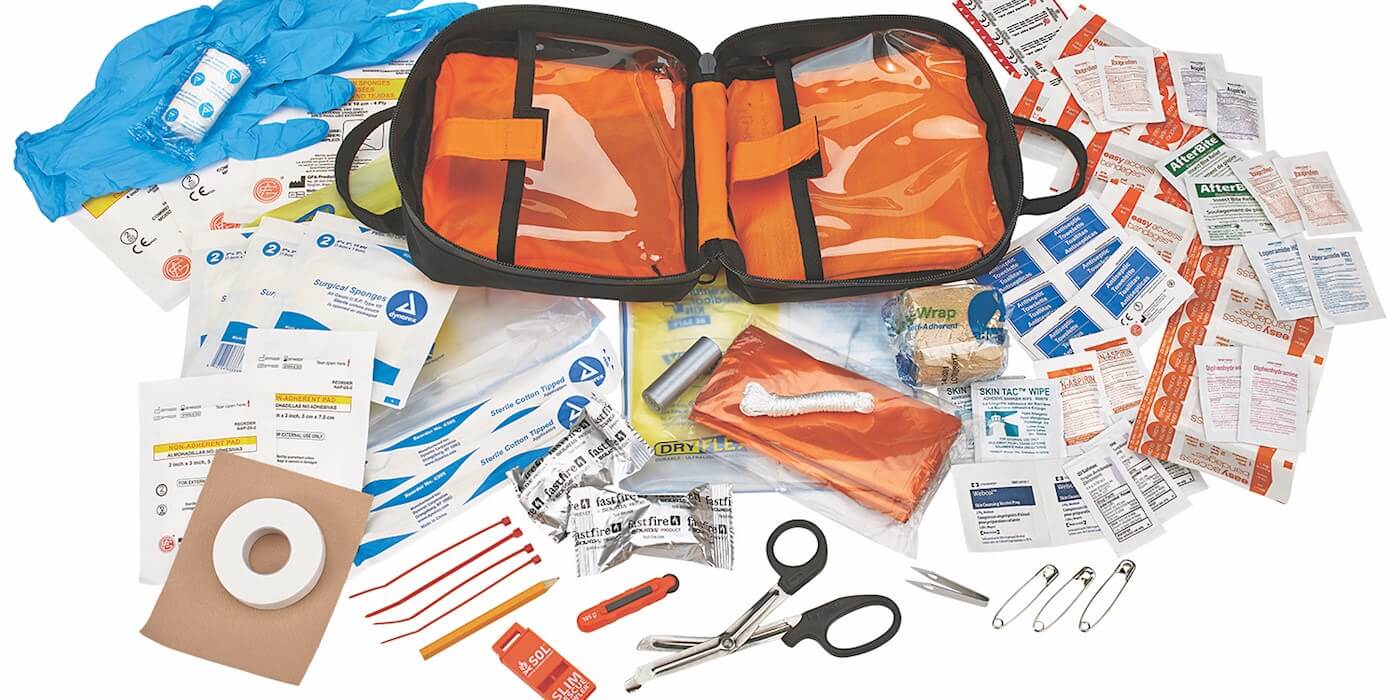
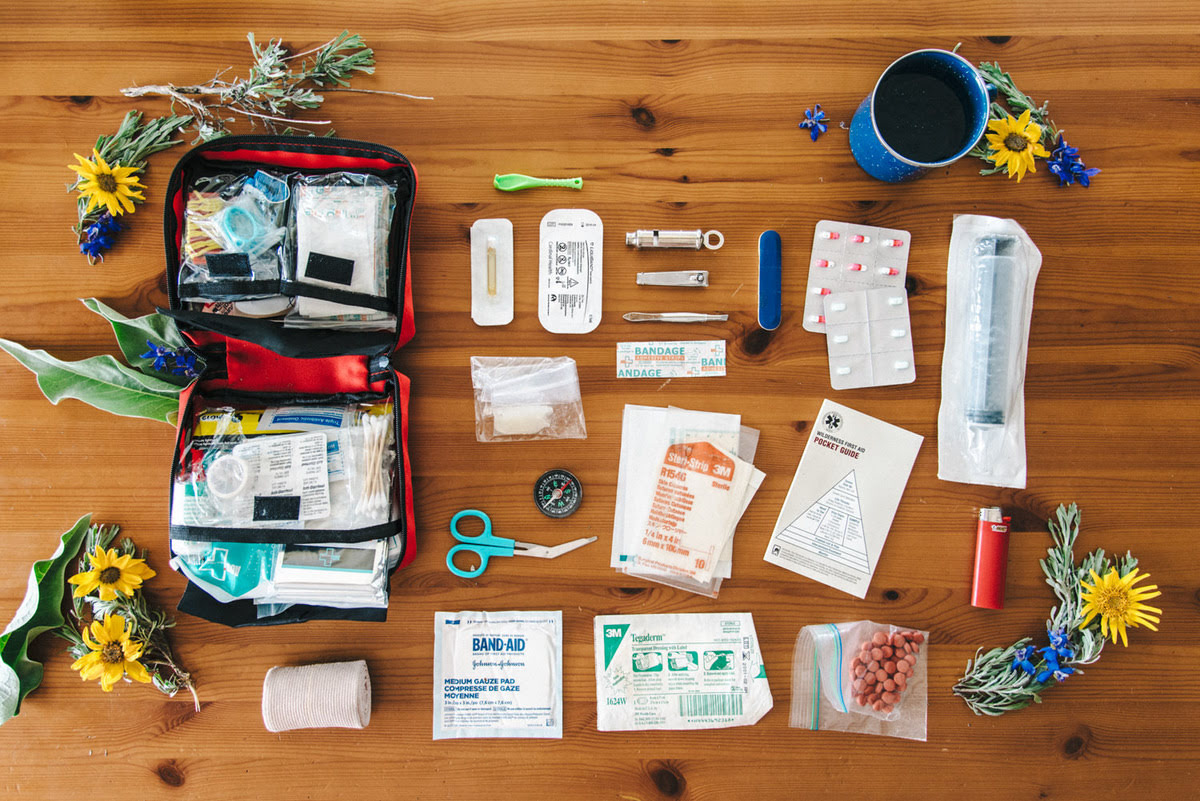
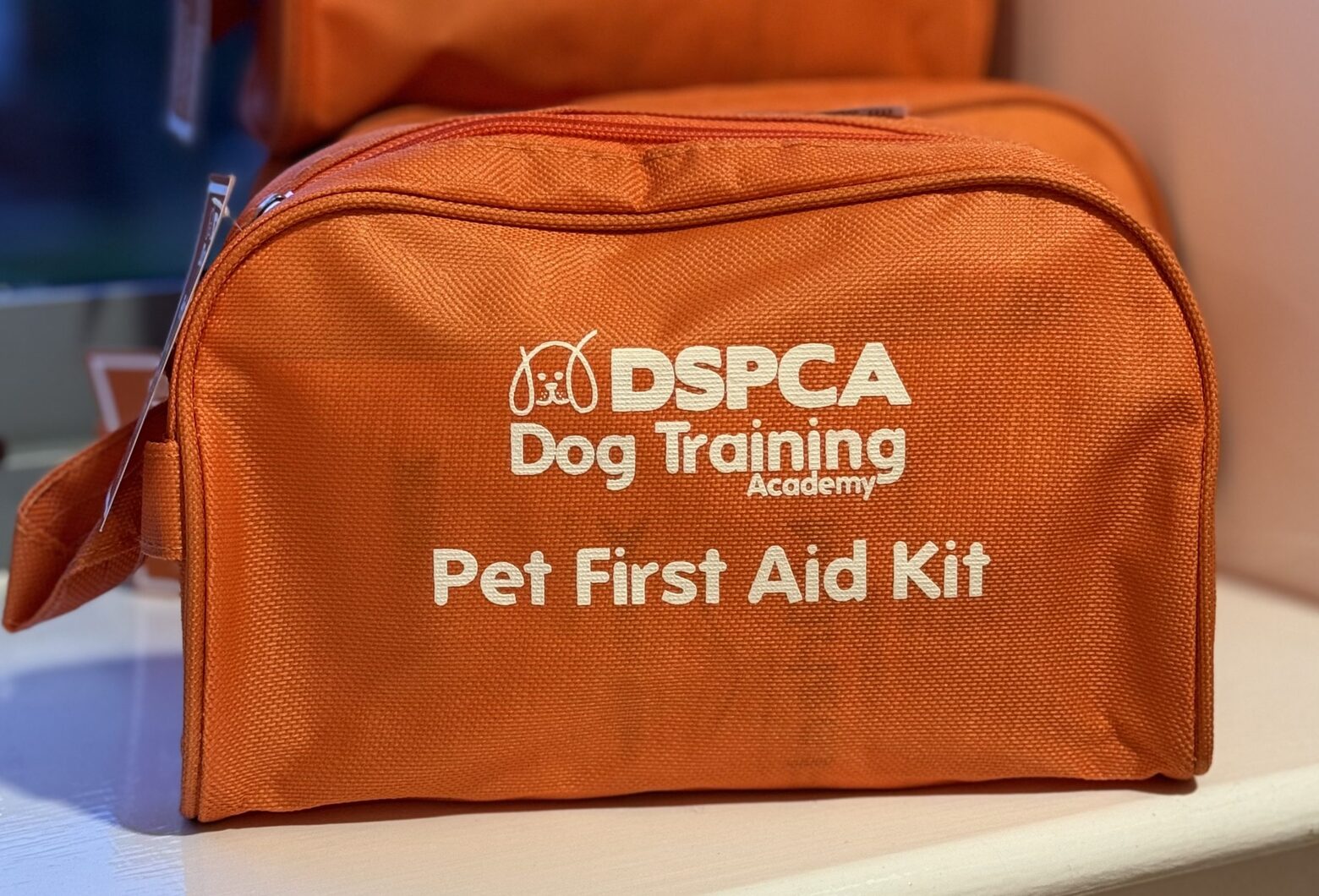

0 thoughts on “How To Organize A First Aid Kit”